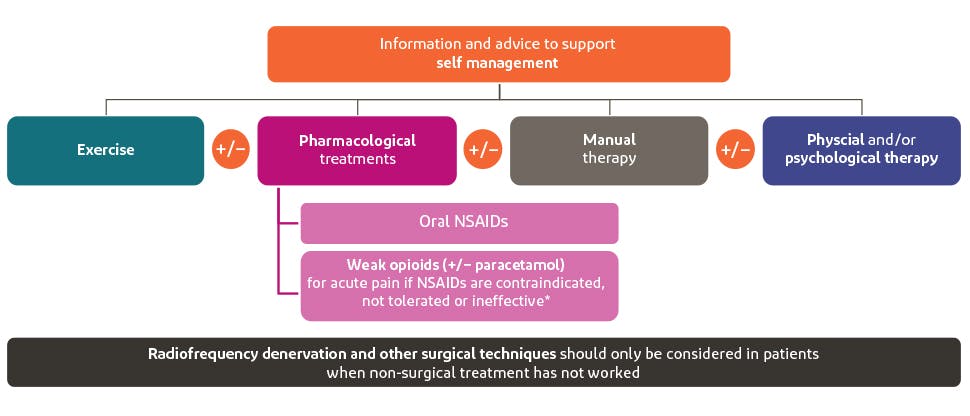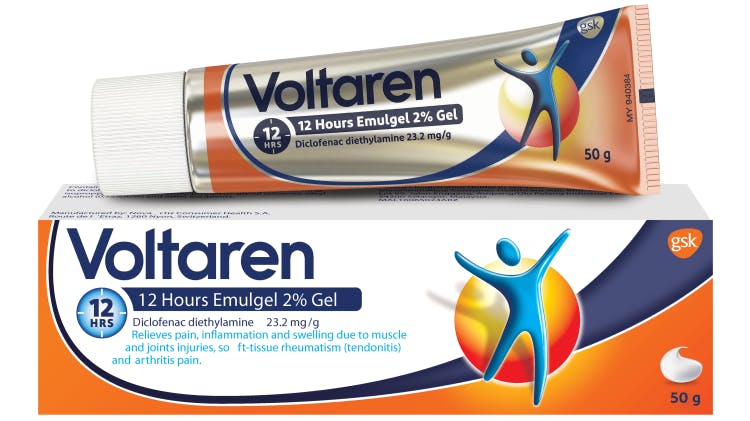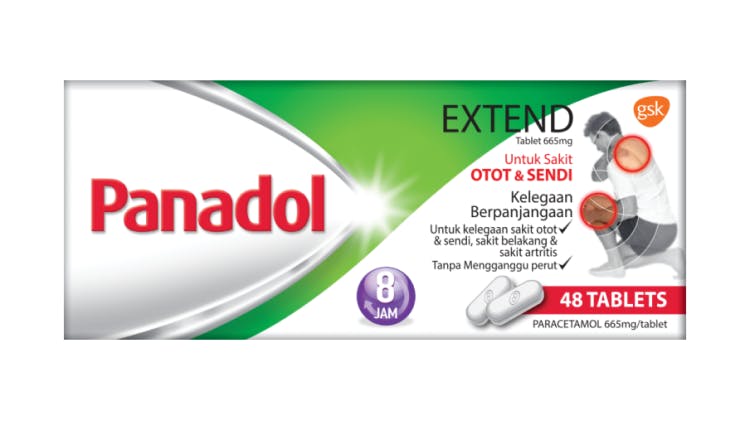Back pain: Management

Managing back pain
Back pain frequently resolves within a few weeks or months.1,2
However, sometimes the pain can persist over the long term, or keep recurring.1
Here we review physiotherapeutic and pharmacological treatment options to help your patients manage their back pain.2–4
Guideline recommendations for treating back pain

Guidance on managing back pain recommends multimodal intervention
Recommendations from the National Institute for Health and Care Excellence and the American College of Physicians are available guiding the pharmacological and non-pharmacological management of lower back pain.2–4
This advice covers several modes of intervention:
- Exercise
- Pharmacological treatments
- Manual therapy
- Physical and/or psychological therapy
Understanding back pain
Signs and symptoms
Explore an overview of how to recognise back and pain and know when to refer patients.
Overview of sprains and strains
Find out about how prevalent sprains and strains are, and meet two patients with these problems.
Learn more

Voltaren 12 Hours Emulgel 2% for joint pain and osteoarthritis
Up to 12 hours of relief from joint pain.5

Continuing Medical Education
Download a webinar that describes how physiotherapy can help relieve back pain.
